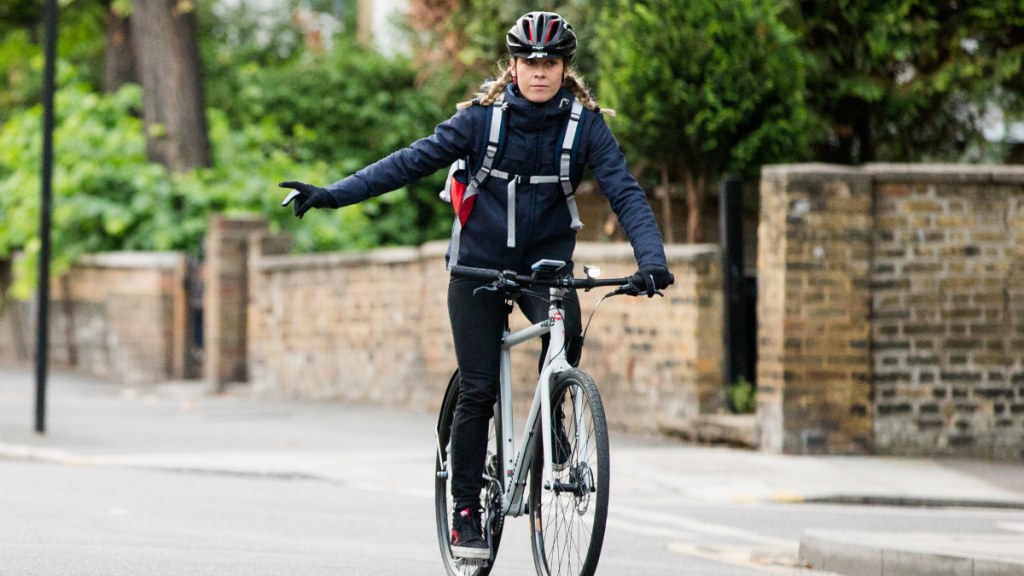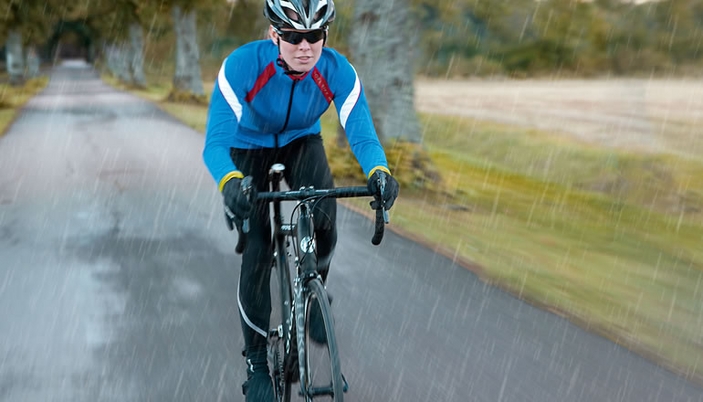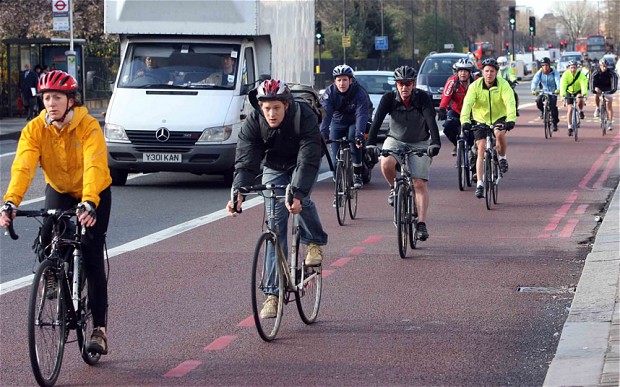Whether you cycle to work, for leisure or sport, with the changing seasons it’s always best to be prepared and ensure your safety on the road. Every cyclist should be aware of how to travel safely on the road, even if you’re on holiday and your bikes are being transported by cycle carrier, make sure you refresh your knowledge of road safety before you use your bikes on any road. Even if you’re a driver, it is essential that you are also aware of how to travel the road when cyclists are about. If you’re an avid cyclist then it’s worth having a read of the Highway Code, for all the do’s and don’ts of cycling on the road. But if you’re a more leisurely cyclist and haven’t found the time to read the Highway Code, it is still essential that you at least know some road safety regulations. There are many different factors to bear in mind when regarding road safety, so here are a few important key aspects you should be made aware of.
On road conduct
If you aren’t already aware, bikes are considered a road vehicle and so aren’t allowed to be ridden on the pavement. You must stick to your designated cycle lanes or on the road, if you don’t you could be endangering pedestrians and yourself. Nowadays there are more and more cycle lanes being installed on roads, so there is no excuse for cycling on the pavement. Of course, if you are looking for a more detailed overview then it’s a good idea to look into some research of the Highway Code. This may not seen like an interesting way to spend your free time but it will help keep you safe any avoid any potential road accidents. Plus, once you have read the code you now know how the right and wrong way to ride on the road and won’t need to read it again. Also, respect the road as if you were in a car, this means adhere to traffic lights and keep in your designated lane. Don’t risk yourself and others by ignoring these rules. Signal boldly and clearly so that other drivers are well aware of your intentions and make sure you check your surroundings before you make turns. Junctions can also be dangerous places for cyclists, cars may not signal before turning or larger vehicles such as lorries may not be able to see you and will turn without knowing you are there. To prevent this, steer clear of any drivers blind spots. It is important that you are more aware on the road when cycling, remember you don’t have the same protection surrounding you as you would have in a car.
Clothing
Of course it is important to keep up to date on the maintenance of your bike as to avoid potential trouble, but it is also important that you wear the correct protective gear. This means helmets, fluorescent clothing, glasses etc. With it getting increasingly darker at night, make sure you attach lights or reflectors to your bike so that other drivers can see you clearly on the road. Especially now that the days are getting shorter so it is starting to get darker sooner, be aware that your journey may start out being in daylight, but could end in darkness so be prepared. Some cyclists even secure a bell onto their bike so that when they are in need of getting a motorists attention or if they are turning, they will ring the bell so that they can be seen and heard. It’s all about making sure your presence is known on the road. As if you were driving a car, refrain from handling your phone or any other device when cycling and do not wear any headphones as you will need your senses to keep you safe on the road and these will impair your hearing. If you do need to access your phone at any point, find a safe place off the main road to stop as to not endanger other cyclists or drivers. Also, a clear reason for wearing the correct clothing is of course, the weather. Because of the unpredictable British weather, why not pack a lightweight rain jacket into your bag so that if it starts to rain, you are already prepared for your journey. Even if it looks clear and sunny in the morning, there is always a chance the weather will turn at some point during the day.being comfortable when you are cycling allows you to stay focused and aware when travelling on the road.
Weather
On that note, everyone in Britain knows to be wary of the weather as wet weather means the roads can be slippy and the rain can cloud your vision when cycling as well as the vision of other drivers. So in consideration of the wet weather, make sure you check your brakes and that everything is working properly before you set off. Even the smallest of accidents can be made worse by the wet environment. It may be a good idea to invest in a pair of cycling glasses so that in harsh wind and rain, your eyes are protected and you can cycle safely. Especially if the wind is hard, these will also keep it and any dust out of your eyes. Glasses will also come in handy when you’re travelling on busy roads at high speeds, no matter how you look with them on it is always better to be safe than sorry. Try to avoid abrupt or hard braking in wet weather as the wet surface could cause your bike to lose traction, instead try lighting braking a few times so that your bike can slow down without slipping on the road. Also, make more use out of your rear brake so that all your braking does not go onto your front wheel and reducing your speed comes easier. Research cycling in different types of weather online or talk to fellow cyclists on how to cope on the road, make sure you have a good understanding of the things you can do to adapt to the changing weather. Even the smallest of things can make your journey on the road that much safer.
During this time of the year it is more important than ever to be aware of road safety when cycling. Whether you are a cyclist or a driver, making sure everyone is safe on the road is essential as what affects one person affects us all. Hopefully, these few pieces of information will help bring to your attention some of the ways in which you can stay safe while cycling on the road. Keep aware of your surroundings and be prepared before setting off on your travels this autumn.





